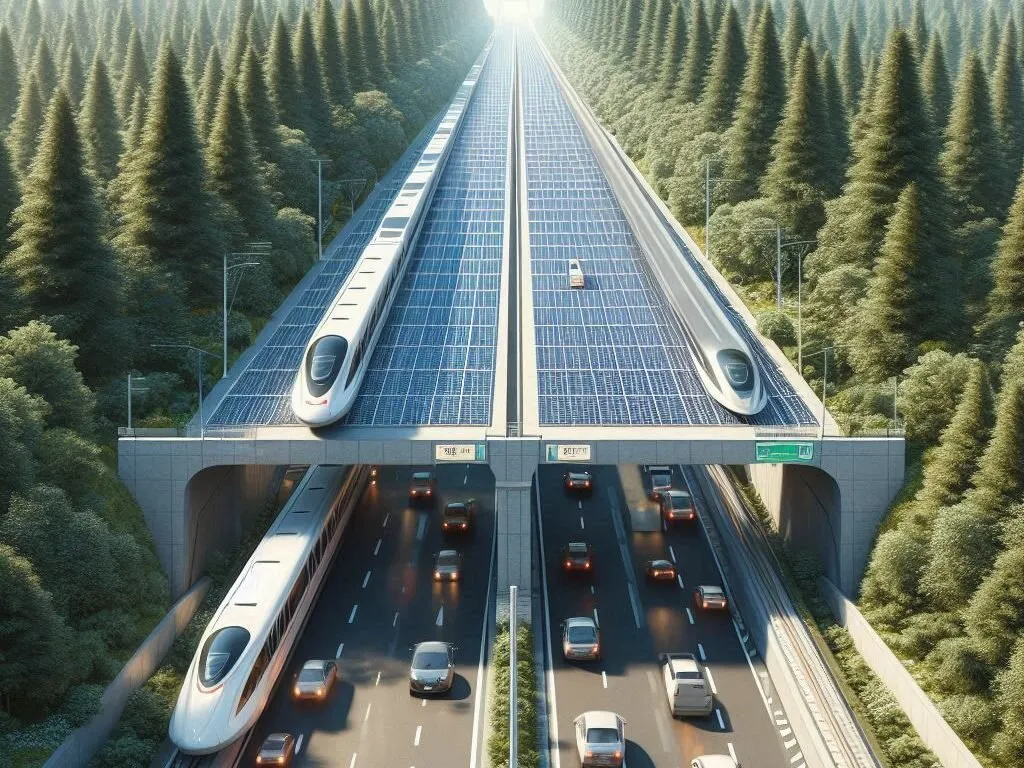In the heart of Java, Indonesia, a new toll road promises to boost connectivity and economic growth, but it also brings a challenge that engineers and urban planners must tackle head-on. The Solo-Yogyakarta-NYIA Kulon Progo Toll Road, while set to improve regional accessibility, has raised concerns about potential congestion at key intersections, particularly the Kronggahan Intersection in Yogyakarta. A recent study, published in the *Journal of Civil Engineering Study* (Jurnal Civil Engineering Study), delves into these issues, offering insights that could reshape how infrastructure projects are planned and executed.
Lead author Hernawan Bachtiar Ramadhan, whose affiliation is not disclosed, conducted a thorough analysis using the Indonesian Road Capacity Guidelines (PKJI) 2023. The study reveals that the construction of the toll road could significantly impact traffic performance at the Kronggahan Intersection. “The existing condition had an average degree of saturation (DJ) of 0.96, but changes to the road median due to toll construction increased the DJ to an average of 1.19,” Ramadhan explains. This means that the intersection could soon be operating beyond its capacity, leading to longer delays and increased congestion.
The study’s findings are particularly relevant for the energy sector, where efficient transportation networks are crucial for the movement of goods and services. “Projections for 2030 show the DJ rising again to 1.13 due to growth in vehicle volumes,” Ramadhan notes. This could have commercial implications, affecting the timely delivery of energy resources and potentially increasing operational costs.
However, the research also offers solutions. Simulation of the implementation of two phases without right turns succeeded in reducing the DJ to 0.32-0.39 and the delay to 2,448-6,754 seconds/smp. These findings underscore the importance of adjusting geometric design and traffic management from the planning stage of toll projects. “This research contributes to the development of civil engineering science, especially in the field of traffic management,” Ramadhan says.
The study’s implications extend beyond Indonesia, offering valuable lessons for infrastructure development worldwide. As urbanization continues to grow, so does the need for efficient and sustainable transportation networks. The findings from this research could shape future developments in traffic management, ensuring that infrastructure projects improve accessibility without causing significant congestion at local intersections.
In an era where connectivity is key, this research serves as a reminder that the path to progress is not always smooth. It requires careful planning, innovative solutions, and a deep understanding of the potential impacts on local communities and industries. As Hernawan Bachtiar Ramadhan’s study shows, the journey towards better infrastructure is one that must be navigated with precision and foresight.

